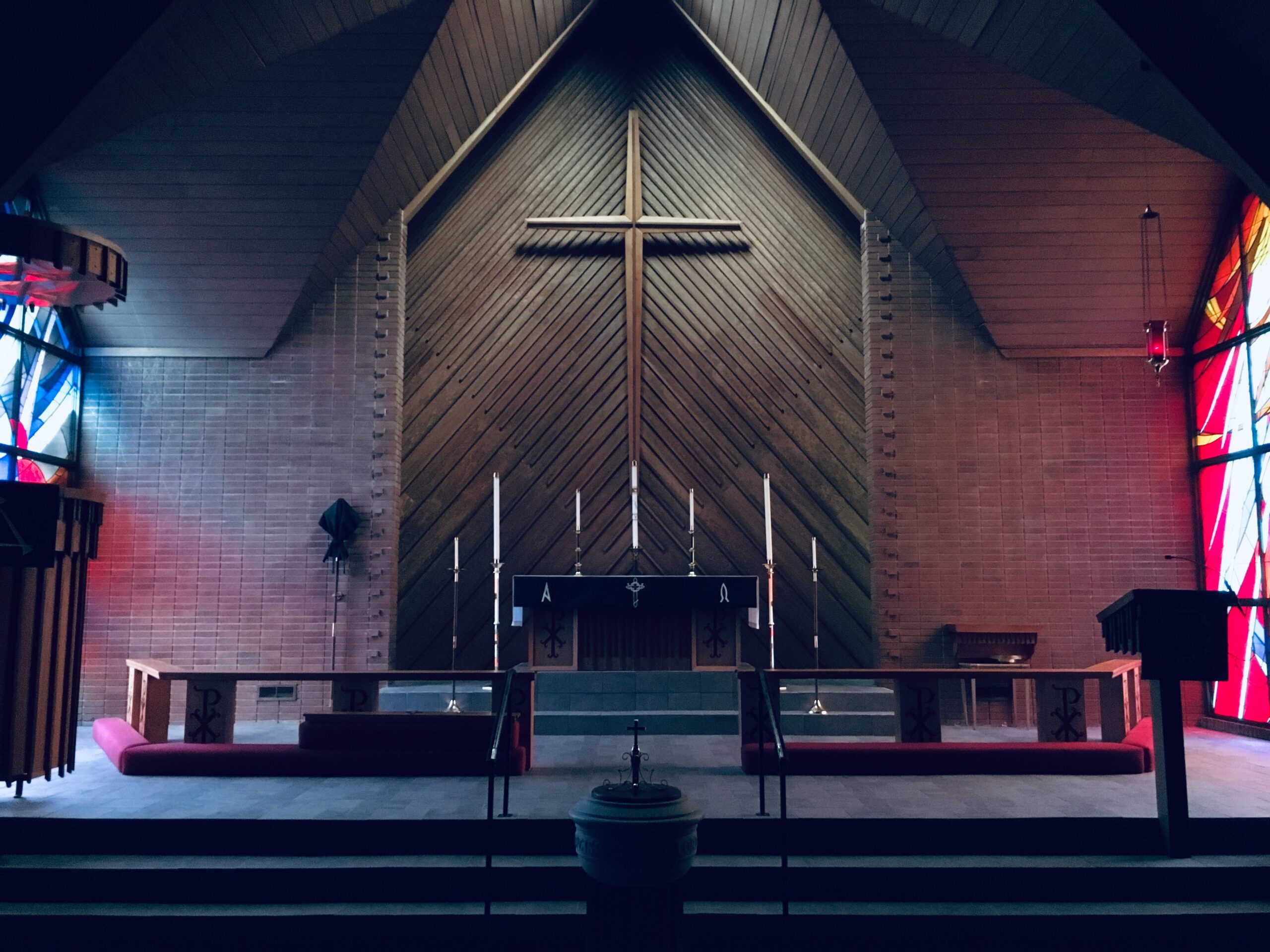Since the 1990s, large numbers of Americans have left Christianity to join the growing ranks of U.S. adults who describe their religious identity as atheist, agnostic or “nothing in particular.” This accelerating trend is reshaping the U.S. religious landscape, leading many people to wonder what the future of religion in America might look like.
What if Christians keep leaving religion at the same rate observed in recent years? What if the pace of religious switching continues to accelerate? What if switching were to stop, but other demographic trends – such as migration, births and deaths – were to continue at current rates? To help answer such questions, Pew Research Center has modeled several hypothetical scenarios describing how the U.S. religious landscape might change over the next half century.
The Center estimates that in 2020, about 64% of Americans, including children, were Christian. People who are religiously unaffiliated, sometimes called religious “nones,” accounted for 30% of the U.S. population. Adherents of all other religions – including Jews, Muslims, Hindus and Buddhists – totaled about 6%.1
Depending on whether religious switching continues at recent rates, speeds up or stops entirely, the projections show Christians of all ages shrinking from 64% to between a little more than half (54%) and just above one-third (35%) of all Americans by 2070. Over that same period, “nones” would rise from the current 30% to somewhere between 34% and 52% of the U.S. population.








